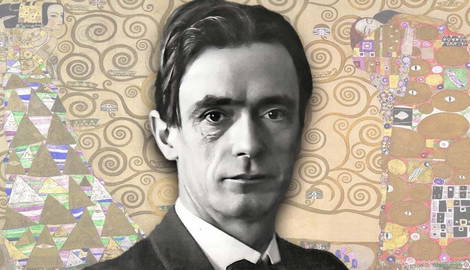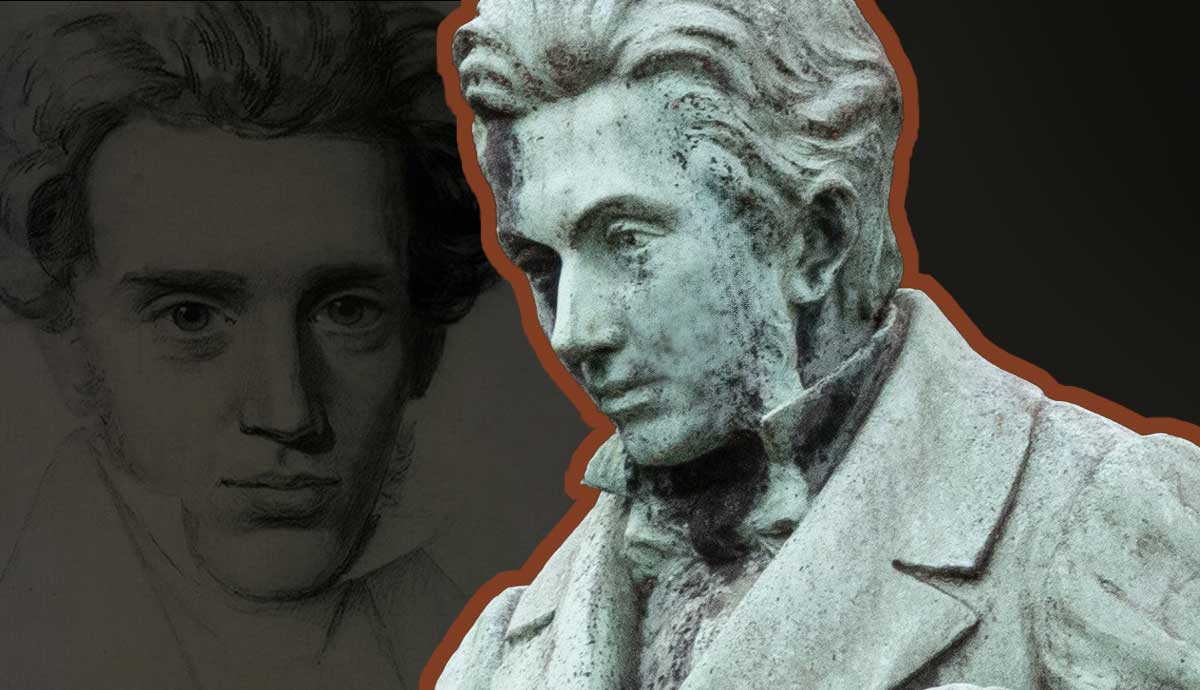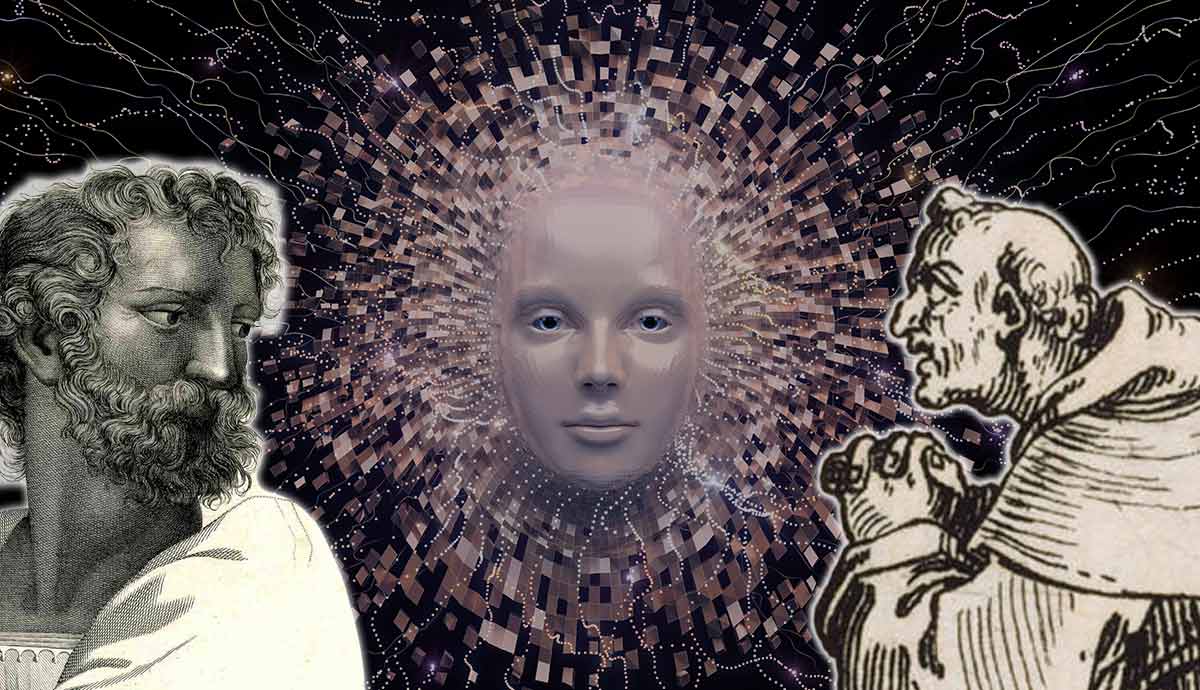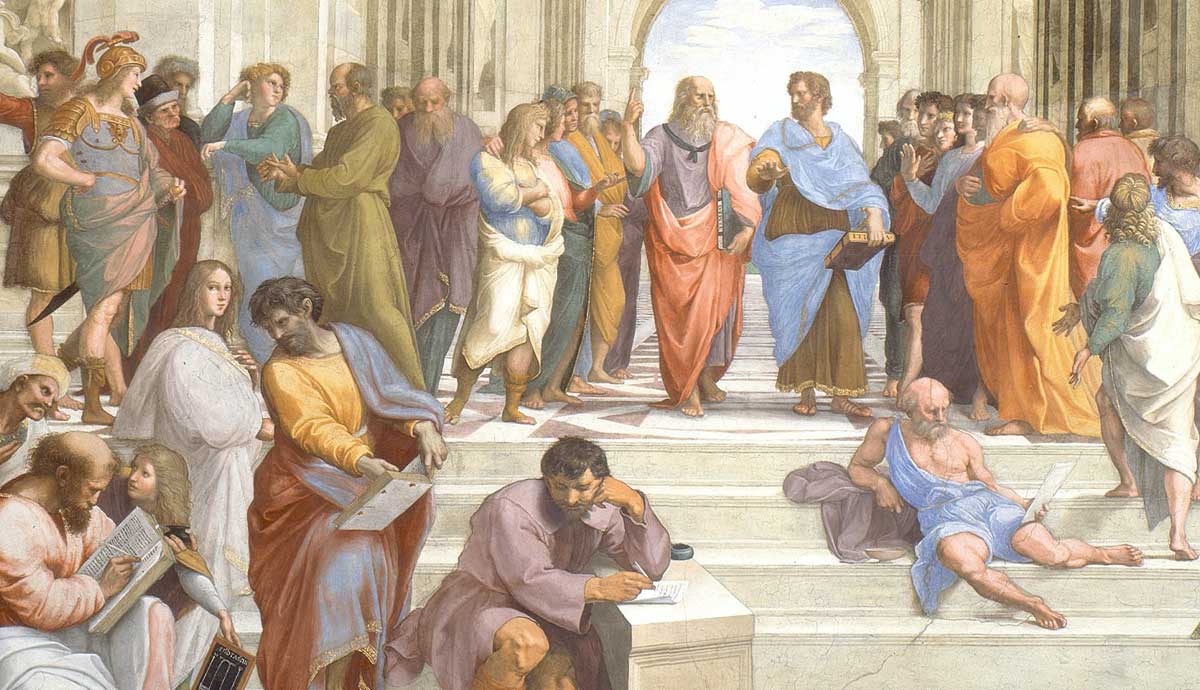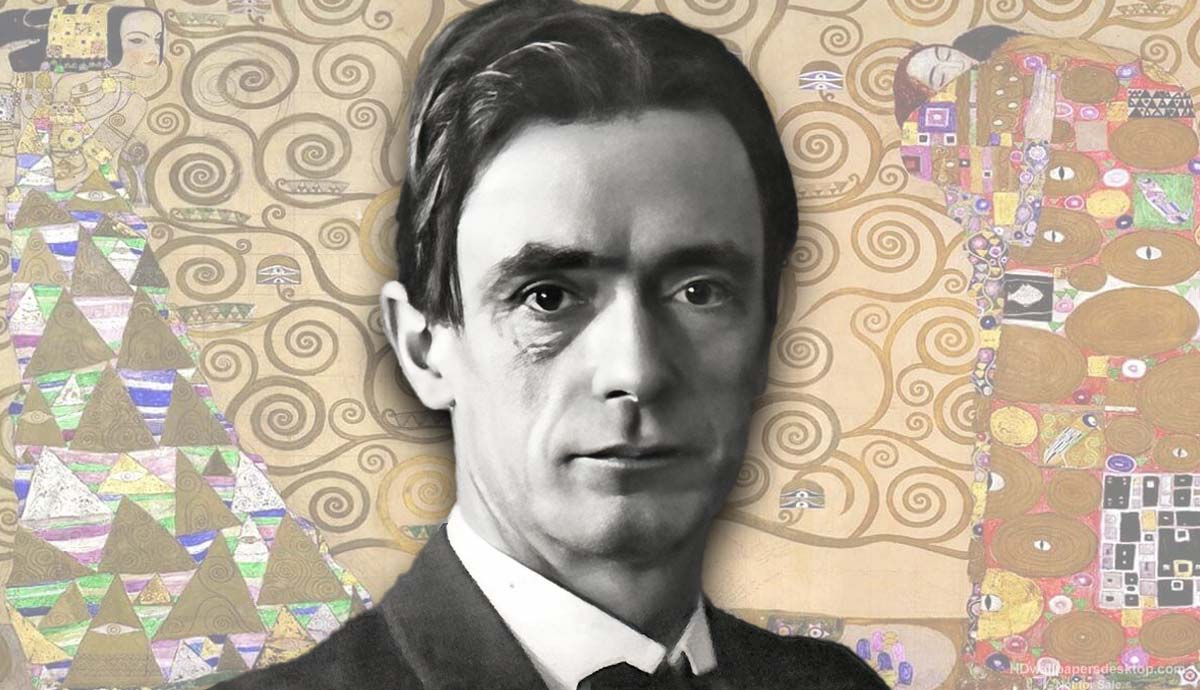
Do you ever think about the people who have changed our world and how we think? Rudolf Steiner was one such person. He wasn’t just a philosopher or writer, he was an innovative educator, esotericist, artist, and original thinker whose ideas still astound us today. Steiner’s thoughts have influenced everything from anthroposophy (which explores humanity’s spiritual core) to education (he came up with methods that were completely new at the time). His work has changed many people’s lives and continues to do so worldwide. So, who was Rudolf Steiner?
Early Life and Education

Rudolf Steiner was born in Donji Kraljevec, Austria-Hungary (now Croatia), on February 27, 1861. Even as a child, he showed a burning desire to learn everything he could about the world. Rudolf’s father worked as the head of a train station but still managed to encourage his son’s curiosity. Growing up surrounded by beautiful countryside and brought up to prize knowledge greatly impacted him. It helped shape everything he did later in life.
When he was 18 years old, Steiner moved to Vienna and enrolled at the Vienna Institute of Technology. There, he was fascinated by the natural sciences, mathematics, and philosophy—subjects that would greatly influence his thinking in the future. It wasn’t enough for him to understand just how mechanics worked in the physical world; he also wanted to uncover its spiritual dimensions.
While in Vienna, Steiner came across the writings of Johann Wolfgang von Goethe, a German polymath who was as famous for his literature as his discoveries in botany. Steiner found Goethe’s scientific and philosophical works deeply compelling. They offered a new way of looking at nature that broke with some Enlightenment ideas.
After finishing university, Steiner was convinced there had to be other explanations for why things happen every day or why humans ponder matters so weighty they seem almost cosmic: “Who are we? Why are we here?”
Over time, this belief system took shape until it crystallized into “anthroposophy”: a doctrine that combines occultist concepts (such as beings existing outside sensory perception) with principles from science, art, and religion.
Philosophical Foundations

His journey to unite the physical and spiritual worlds heavily influenced Rudolf Steiner. At the core of his philosophy is that there is more to knowledge than what we can observe. He was greatly influenced by Johann Wolfgang von Goethe’s scientific writings, which encouraged people to explore nature using their senses and intuition.
Steiner immersed himself in Goethe’s work when he was young, which led him to develop his own theory of knowledge, epistemology. This way of thinking says that along with information we gather through our senses and thoughts about it (rationalism), human beings have direct spiritual perception, too, if they develop this inner ability.
Steiner didn’t reject science as traditionally practiced, which relies only on external observation. But he believed we could come to know much more about how the universe works by developing spiritually. This would mean going beyond just our physical senses.
In his influential book The Philosophy of Freedom, Steiner expressed his belief that humans can achieve a heightened state of consciousness, allowing them to directly perceive spiritual truths. This groundbreaking concept formed the basis of anthroposophy, Steiner’s philosophy blending spirituality and science.
Anthroposophy: A Spiritual Science

Rudolf Steiner established anthroposophy as a spiritual science that aims to link the physical and spiritual worlds. At its heart is the idea that true knowledge goes beyond what we can perceive with our senses—there are spiritual aspects, too!
Steiner described anthroposophy as a path of knowledge that guides the spiritual in human beings to the spiritual in the universe. In other words, Steiner believed that people can access higher levels of wisdom and knowledge through inner development and conscious spiritual exercises.
One of anthroposophy’s key principles is that people should be understood holistically. This means considering body, soul, and spirit together. The belief system also highlights connections between living things and the need to take care of physical and spiritual health.
While some other spiritual movements concentrate mainly on mystical experiences or following rules closely, anthroposophy takes a more scientific approach to gaining spiritual understanding. It calls for careful self-examination and works hard to develop intuition.
Anthroposophy has numerous practical uses that can bring about great change. One example is its impact on schooling through the Waldorf School system, which seeks to nurture students’ artistic side alongside their academic skills to create well-rounded individuals.
Another example is biodynamic farming, which considers natural cycles and cosmic patterns to cultivate healthier soil and more vibrant crops.
In medicine, anthroposophical techniques focus on treating the whole body. They may incorporate mainstream medical practices but also draw on alternative therapies to promote overall wellness and facilitate recovery.
Contributions to Education: Waldorf Schools

In 1919, the first Waldorf School was established by Rudolf Steiner in Stuttgart, Germany. The school was founded at the behest of Emil Molt, owner of the Waldorf-Astoria cigarette factory who wanted it to cater to workers’ children but rapidly became a blueprint for a fresh kind of education.
Steiner’s ideas about schooling were radical for his time. He believed young people should be nurtured in every aspect of human life—intellectually, artistically, and morally.
Waldorf education has several central principles that stem from Steiner’s philosophy of nurturing the whole child. One is that the curriculum must be tailored to suit children as they grow. Another is that alongside traditional subjects like maths or languages, pupils should also study practical skills, music, movement, and the arts because these, too, are important for development.
Steiner believed that thinking for oneself and having original ideas was very important. He thought schools should encourage students to love learning and grow as people. In Waldorf schools, teachers try to be friends with their students. They might teach the same kids for several years, so there aren’t too many changes simultaneously.
Waldorf education has spread worldwide: there are now more than 1,200 schools in 80 countries. Many parents and teachers like the idea of education, which helps children develop into adults who can think creatively, care about others, and make good decisions for themselves.
Waldorf schools are known for producing individuals who can meet the demands of today’s world with flexibility and cleverness—as well-rounded people.
Biodynamic Agriculture

Steiner’s biodynamic agriculture method, which he started in the 1920s, sees farming as living and complete. It takes ideas from anthroposophy and considers how everything—soil, plants, animals—is connected. By using spiritual ideas alongside practical ones, biodynamics says farmers can make their farms healthier places.
Biodynamic farmers rotate crops (grow different things each year in one field), make compost (decayed plants and manure they use to help things grow), and use herbal or mineral preparations to make the soil richer or help plants grow.
Unlike traditional and organic farming, which rely on synthetic chemicals and natural substances, biodynamic agriculture incorporates spiritual principles. Farmers use the movements of the moon and planets to help them decide when to sow and harvest crops, aiming to have a holistic relationship with the environment in which they farm.
Rudolf Steiner gave a series of lectures about agriculture in 1924 that set out ideas for this type of farming. Today, his teachings inspire biodynamic practices worldwide. Advocates say these farms are good for the planet, encourage wildlife better than other types of farming, and grow delicious food, too.
Legacy and Influence

Rudolf Steiner’s teachings significantly impact today, with his influence felt in several areas, including education, agriculture, and spirituality. His philosophy has inspired holistic approaches to living at institutions worldwide, such as Waldorf schools, biodynamic farms, and anthroposophic medicine centers. They are all founded on the belief that humans can develop further than they already have.
Some of Steiner’s students became famous in their own right for continuing his work: Ita Wegman in medicine and Albert Steffen in art. Others started institutions based on his teachings.
There is also an active society called the Anthroposophical Society, which was set up to spread Rudolf’s ideas. There are branches all over the world, where members come together to hold cultural events or conduct scientific research. Demeter International is one example among many: it certifies biodynamic farms around the globe.
Steiner’s work has been controversial. Some have doubted the scientific value of his spiritual beliefs and practices, and others have debated or criticized his racial theories.
But these controversies notwithstanding, Steiner’s holistic ethos and fresh thinking continue to win fans: people who not only follow his ideas but apply them in today’s world, be it at school, on the farm, or elsewhere. His vision of uniting the spiritual and material realms to enrich one another remains a potent spur for development and progress.
So, Who Was Rudolf Steiner?

Rudolf Steiner was a visionary thinker who contributed to education, agriculture, and spirituality. Initially drawn to nature and the spiritual realm, he developed anthroposophy, a “spiritual science” that delves into reality’s hidden dimensions.
Steiner is perhaps best known for establishing Waldorf education, which takes a holistic approach emphasizing critical thinking alongside creativity. Today, there are over 1,000 Waldorf schools worldwide. In the agricultural world, he is famous for promoting biodynamics, an early form of organic farming that also encourages growers to consider cosmic forces while planting or picking produce.
Although Steiner died in 1925—still relatively young—his ideas have had a lasting impact. Many contemporary organizations are inspired by his way of doing things with various degrees of esoteric beliefs mixed in racial theory, too. Despite the criticism, they continue to thrive and influence people, including doctors, artists, and teachers.
